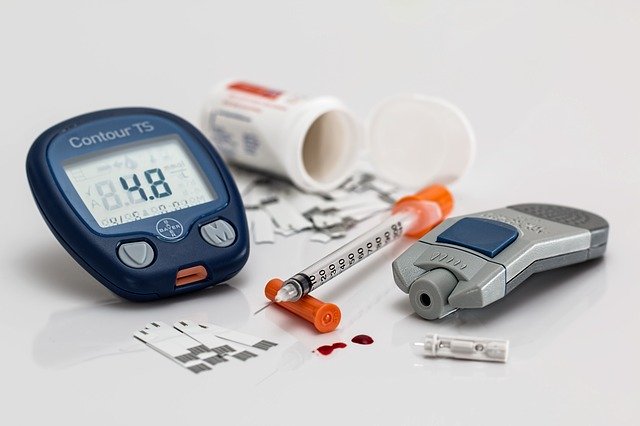November is National Diabetes Month, and our attention this year is on the link between diabetes and cardiovascular infection.
As indicated by the National Institute of Health, adults with diabetes are about twice as prone to death from coronary illness or stroke as individuals without diabetes. That may be a frightening shift if you have diabetes or prediabetes.
The issue is that after some time, the high glucose or glucose associated with diabetes can harm your veins and the nerves that control your heart. This harm also impacts your body’s ability to recuperate.
As per the Centers for Disease Control and Prevention, the most well-known conditions that are connected to diabetes include: diabetic eye disease (retinopathy), the main source of visual impairment in working-age adults in the U.S.; diabetic kidney disease (nephropathy), the main source of serious kidney failure requiring dialysis or transplantation in working-age adults in the U.S.; and nerve damage (neuropathy), which is found in around one out of three individuals with diabetes at the time of diagnosis and soars to more than seven out of 10 when they’ve been diabetic for ten years or more.
The following may impact your chances of developing diabetes:
Body weight – There’s a myth that you should be overweight to generate Type 2 diabetes. Individuals at their optimal body weight can also be in danger; in any case, gaining and carrying additional body weight increases your risk.
Fat Storage – Abdominal “tummy” fat ups your chances for acquiring Type 2 diabetes. A general guideline is that if your midsection measurement is over 40 inches for a male or 35 inches for a female, you have a higher risk.
Race – African Americans, Hispanics, Native Americans or Asian Americans, are at higher risk than those of Caucasian descent.
Age – As you age, you’re risk of diabetes increases. However, Type 2 diabetes is becoming increasingly common in kids, teenagers and young adults.
Genetics – The danger of Type 2 diabetes grows if your parent or sibling has the metabolic disorder.
Gestational diabetes – If you had gestational diabetes while pregnant or gave birth to a child weighing over 9 pounds, your risk of Type 2 diabetes is higher.

In the event that you fall into at least one of these categories, it’s imperative to screen your blood sugar and improve your odds of catching diabetes early.
Diabetes is normally found using a finger-stick blood test called Hemoglobin A1C. You can get it from most nearby drug stores or by going through your chosen medical professional. The test measures the amount of hemoglobin with glucose connected. The more appended glucose, the higher the number on the test. The American Diabetes Association gives these general rules to A1C levels: beneath 5.7% is viewed as ordinary, somewhere in the range of 5.7% and 6.4% is considered prediabetes and 6.5% or higher on two separate tests demonstrates Type 2 diabetes.
Could you be in danger of developing Type 2 diabetes? Knowing your risk alongside your Hemoglobin A1C blood estimation enables you to be proactive in combating the disease in the early stages. It’s a lot simpler to avoid this infection than to live with it. In any case, don’t lose hope if you are living with it – a healthy lifestyle and the proper care can have a huge impact on how you feel and help you to live a long and happy life.
Looking for more information or medical resources? Be sure to contact your doctor and don’t forget to check with your employer to see if you can take advantage of any EAP programs available to you.


